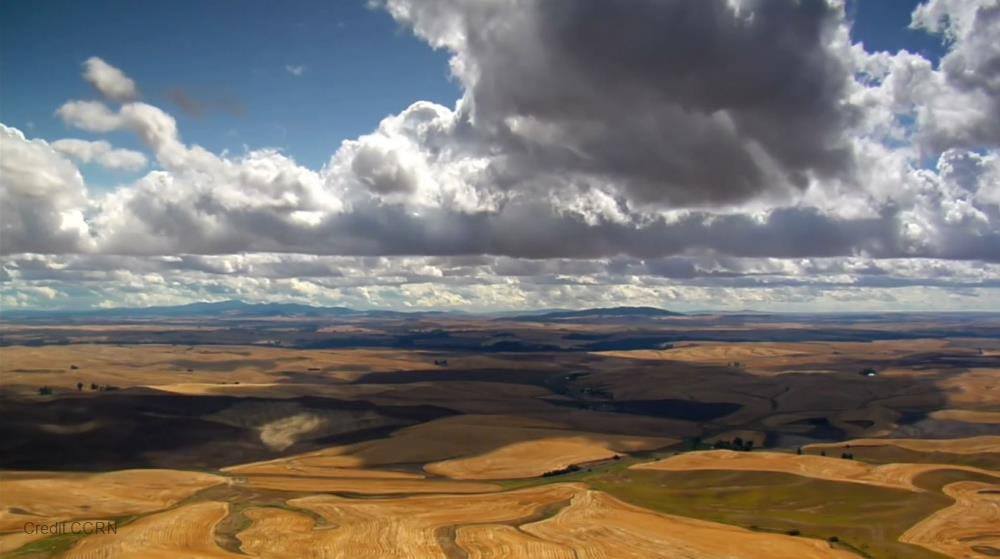
Related items loading ...
Section 1: Publication
Publication Type
Thesis
Authorship
Marcaccio, J. V.
Title
Assessing Remote Sensing Approaches to Map Invasive Phragmites australis at Multiple Spatial Scales
Year
2019
Publication Outlet
MacSphere Open Access Dissertations and Theses
DOI
ISBN
ISSN
Citation
Marcaccio, James V (2019) Assessing Remote Sensing Approaches to Map Invasive Phragmites australis at Multiple Spatial Scales, MacSphere Open Access Dissertations and Theses,
http://hdl.handle.net/11375/24346
Abstract
Phragmites australis (Cav.) Trin. ex Steud., the invasive common reed, is a perennial grass with a cosmopolitan distribution. Unlike the native subspecies (Phragmites australis subsp. americanus) in North America, this invasive haplotype is an aggressive competitor and has firmly established itself throughout the Great Lakes basin by dominating wetlands and wet habitat, forcing out native plants and creating monocultures of little use to native fauna. Growing clonally and from seed, invasive Phragmites can quickly dominate wet areas throughout North America. It has also become a prominent feature in roadside habitats, where native plants are subject to increased disturbance under which invasive Phragmites will thrive competitively. In order to effectively manage this aggressive invader, we must be able to accurately map its distribution at multiple spatial scales, understand its invasion ecology, and determine efficacy of current removal efforts. In this thesis, I evaluated multiple remote sensing methods to determine the extent of invasive Phragmites. The basin-wide wetland mapping project based on satellite image data was a collaborative effort between U.S. and Canadian scientists to document the current and potential distribution of invasive Phragmites throughout 10-km of the shoreline of the Great Lakes, including all coastal marshes. To elucidate its distribution through road networks, I used provincial orthophotography databases to map changes in the distribution of Phragmites in road corridors between 2006 and 2010. Based on these data, I created a conceptual model to show the relationships among the main factors that govern the establishment of invasive Phragmites in roadsides within Ontario. These factors included habitat quality, habitat availability, and propagule dispersal. I also showed how unmanned aerial vehicles can be used with very high accuracy to map the distribution of very small stands of Phragmites at the beginning of an invasion, and to determine short-term changes in habitat availability in smaller wetlands. Using various remote sensing approaches, I was able to determine the efficacy of treatment programs implemented by provincial agencies on roadway corridors at the scale of the entire southwestern, southcentral and central regions of Ontario. This is the first quantitative evidence of invasive Phragmites removal along roads and one of the largest spatial and temporal time scales used to evaluate these processes. Finally, I synthesized the capabilities and limitations of these remote sensing methods to create an evaluative framework that outlines how to best map invasive Phragmites across varying landscapes. This research integrates geography and biology to create novel mapping techniques for invasive Phragmites and has furthered our understanding of this aggressive plant and how its invasion can be controlled.
Plain Language Summary


 GWFNet
GWFNet Master
Master Data
Data Research
Research Map
Map
 Advanced
Advanced Tools
Tools
 . . .
. . .
 Metadata Editor
Metadata Editor
 Record List
Record List
 Alias List Editor
Alias List Editor
 Legacy sites
Legacy sites